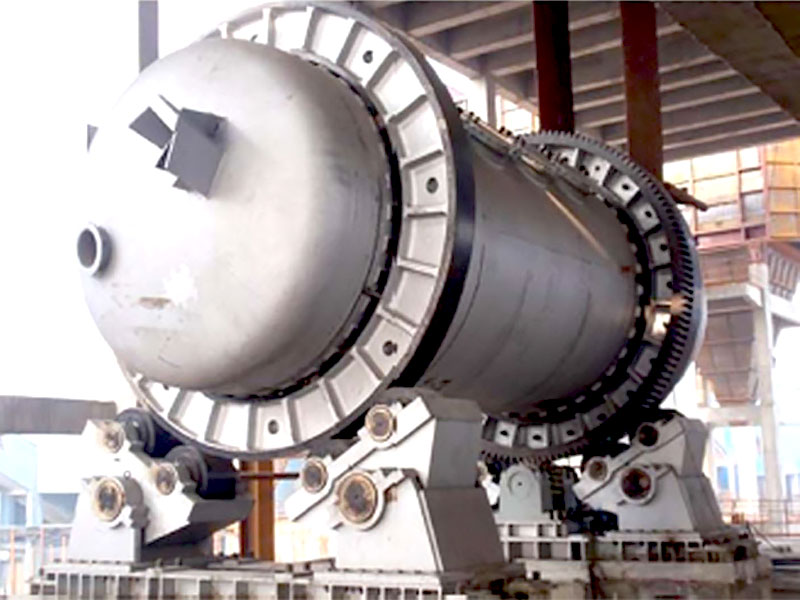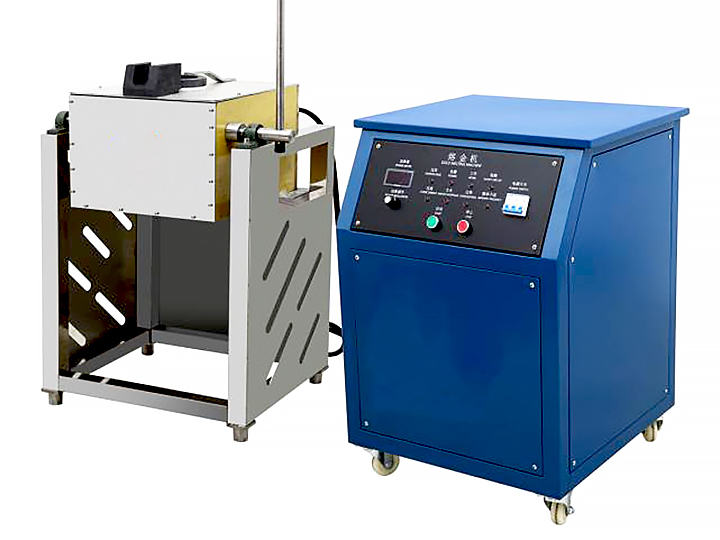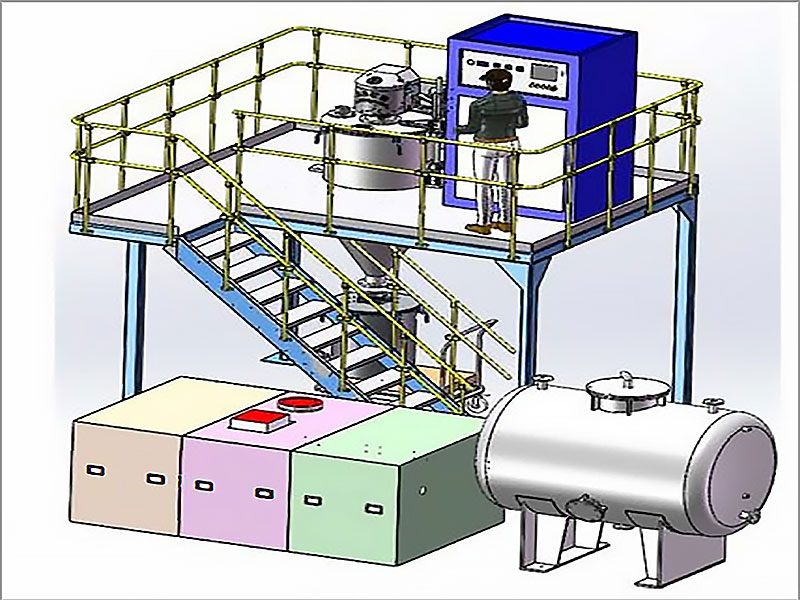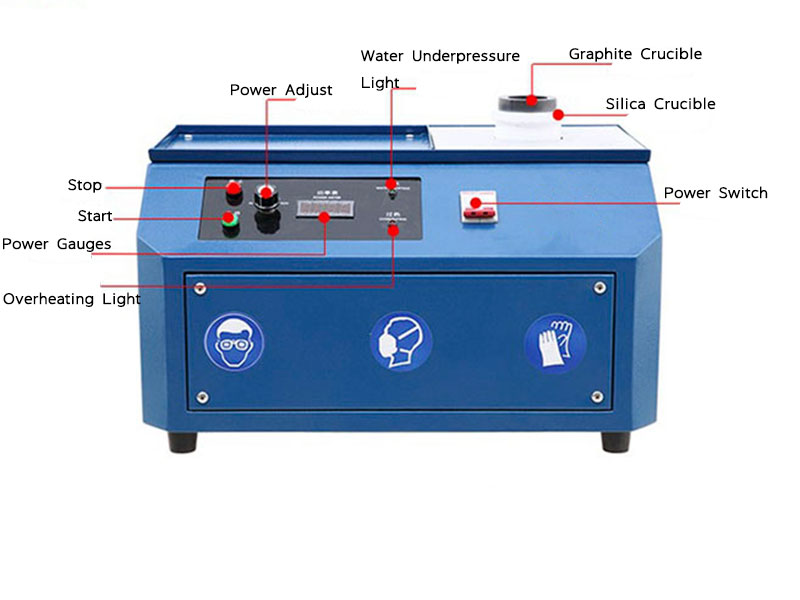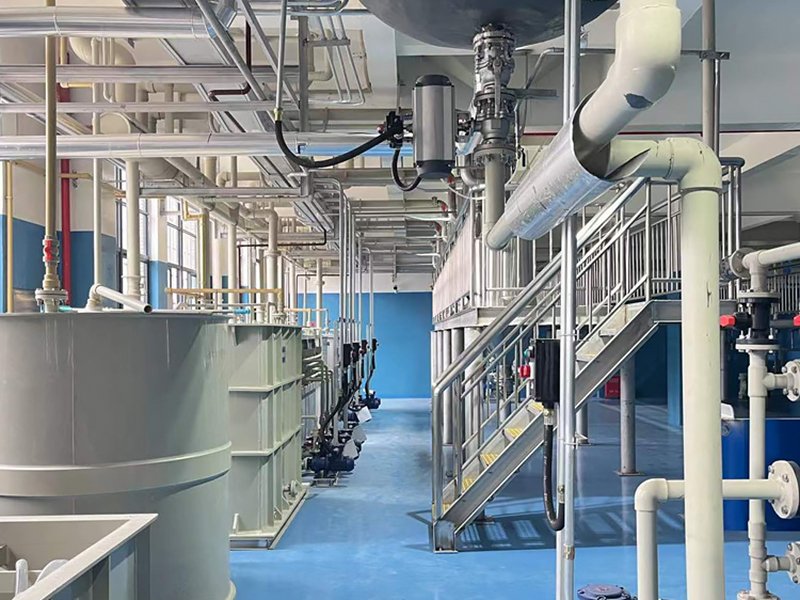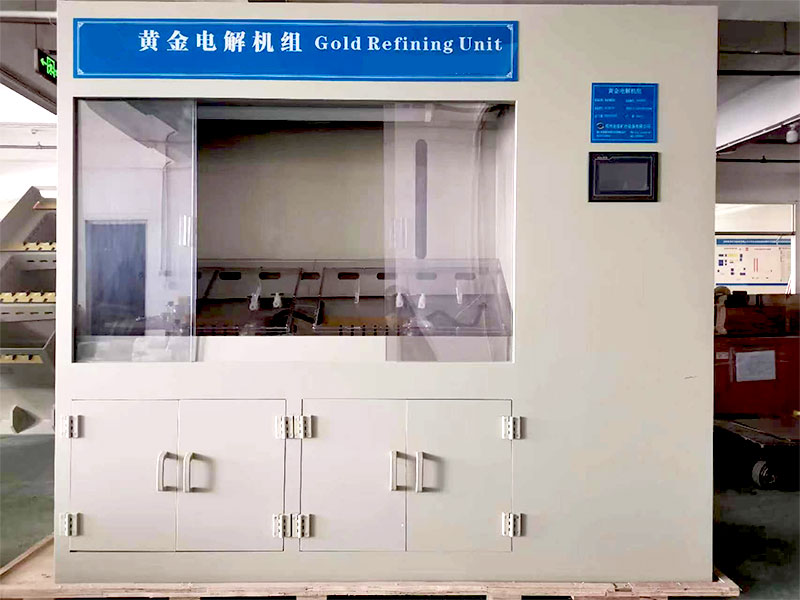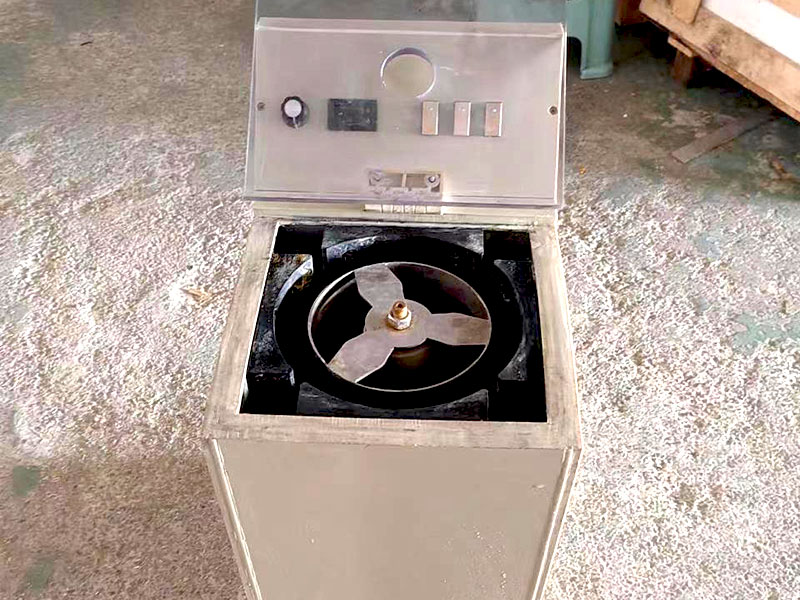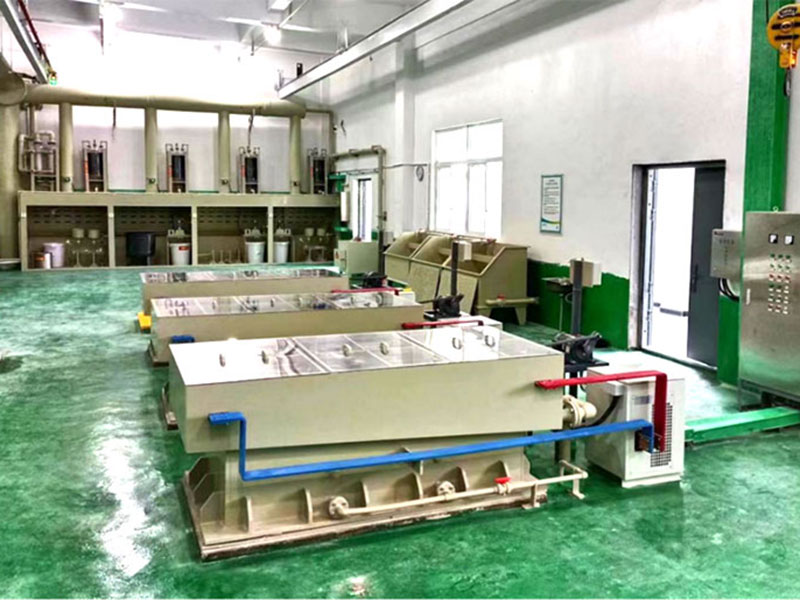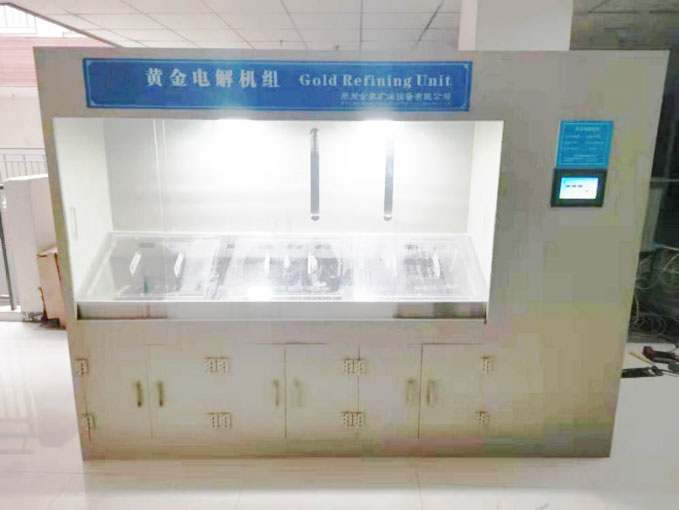silver refining at home
Silver Refining at Home A Practical Guide
Silver refining at home has become a popular practice for hobbyists, jewelers, and small-scale metalworkers who want to recycle old silver items or refine raw silver. Whether it’s scrap jewelry, silverware, or other items, the process of refining silver at home is both rewarding and cost-effective. With the right tools and techniques, anyone can learn how to refine silver to a high level of purity.
Why Consider Silver Refining at Home?
Refining silver at home offers numerous advantages, especially for those who have access to scrap silver. Not only does it allow you to reuse and recycle materials, but it also provides a more sustainable alternative to purchasing new silver. Refining silver can be done using various methods, allowing individuals to achieve high levels of purity without relying on professional refining services.
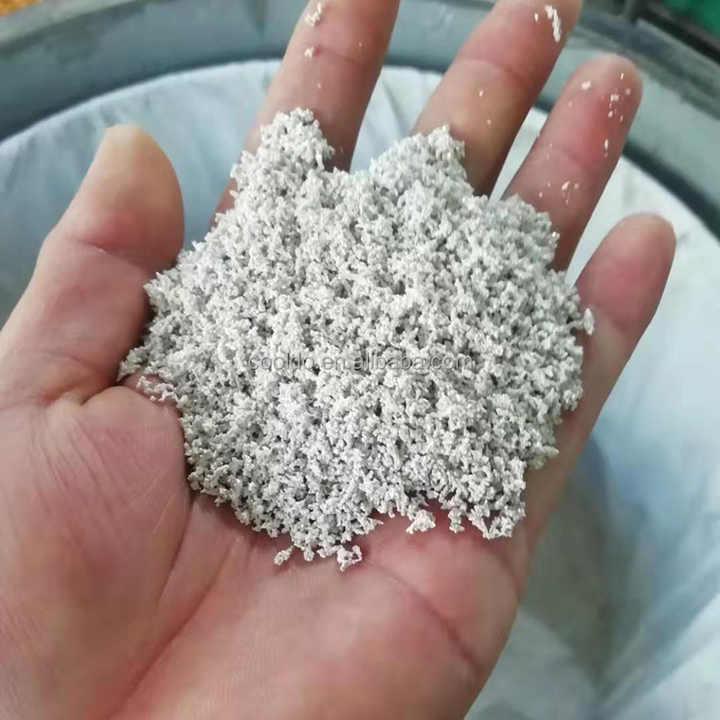
Preparing for Silver Refining at Home
Before starting the process of silver refining at home, it’s essential to gather the necessary tools and materials. The basic equipment includes a crucible, tongs, a furnace or torch, and chemicals such as nitric acid for refining. These tools help separate silver from impurities and other metals.
It is important to work in a well-ventilated area and use proper safety equipment, such as gloves, goggles, and protective clothing. Refining silver at home involves handling hazardous materials, so taking proper precautions is crucial to ensure safety.
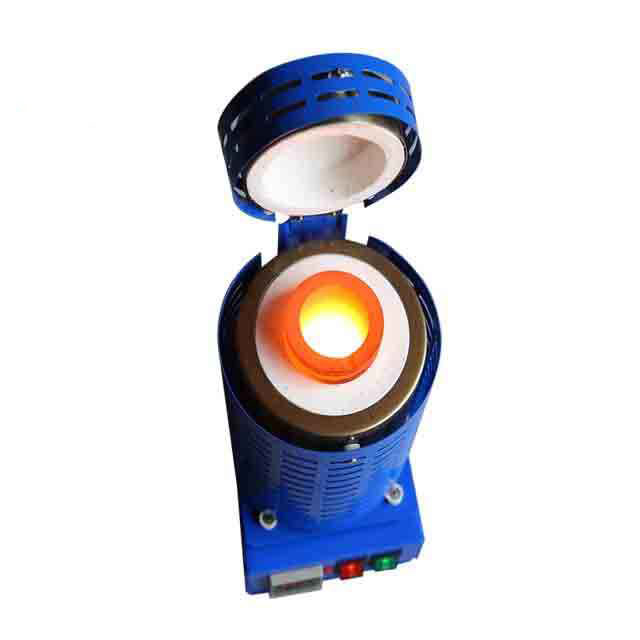
Methods for Refining Silver at Home
There are a few different methods you can use for refining silver at home. These techniques vary in complexity, but they all aim to purify silver by removing unwanted metals and impurities.
The Nitric Acid Method
One of the most common methods for silver refining at home is the use of nitric acid. This method works by dissolving silver in the acid to separate it from other metals. Here’s a brief overview of the process:
- Dissolve the silver: Place the silver into a container and add nitric acid. The acid will dissolve the silver, leaving behind other metals like copper or zinc, which are commonly found in silver alloys.
- Precipitate the silver: Once the silver is dissolved, add a chemical, such as copper, to precipitate the silver from the solution. This causes the silver to form a solid, which can be collected.
- Filter and rinse: The solid silver is then filtered out of the solution and rinsed with water to remove any remaining acid or impurities.
- Melting: Finally, the purified silver can be melted down in a crucible and cast into bars, coins, or other forms.
This method is highly effective and can achieve silver purity levels of 99.9%, making it a preferred choice for those refining silver at home.
The Electrolysis Method
Electrolysis is another method used in silver refining at home, particularly for those seeking a more advanced approach. This method involves passing an electrical current through a solution containing dissolved silver, which causes pure silver to deposit onto a cathode.
While electrolysis requires more specialized equipment, it is a highly effective method for achieving high-purity silver. It also allows for continuous refining, making it suitable for those who regularly work with large amounts of scrap silver.
Tools and Equipment for Silver Refining
To successfully refine silver at home, you will need some basic tools and equipment. The following items are commonly used:
- Crucible: A heat-resistant container used to melt silver.
- Furnace or torch: Required to reach the high temperatures needed for melting silver.
- Nitric acid: Used to dissolve silver during the refining process.
- Copper or other precipitation agents: Added to the acid solution to precipitate pure silver.
- Protective gear: Includes gloves, goggles, and a mask to protect from harmful chemicals.
- Molds: Used to shape the refined silver into bars or other forms.
For those using electrolysis, you will also need a power supply, an electrolyte solution, and electrodes.
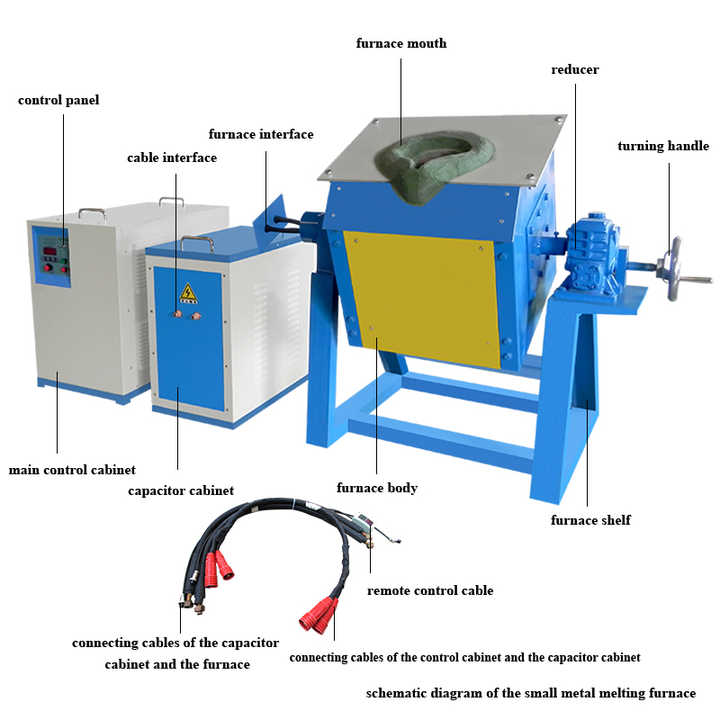
Benefits of Silver Refining at Home
Refining silver at home has several key benefits, especially for hobbyists and small-scale refiners. First, it provides an economical way to recycle scrap silver, allowing you to recover valuable metal that might otherwise go to waste. This is particularly useful for jewelers who frequently work with silver and generate scrap from their projects.
Refining silver at home also allows you to control the purity of the metal. By following the refining process carefully, you can achieve high-purity silver suitable for a variety of applications, from jewelry making to investment purposes.
Another benefit is the environmental aspect. Recycling silver through home refining reduces the demand for newly mined silver, which has a positive impact on the environment. Mining for silver can be harmful to ecosystems, as it involves the use of toxic chemicals and large amounts of energy. By refining silver at home, you contribute to a more sustainable and eco-friendly approach to using precious metals.
Challenges and Considerations
While refining silver at home has its rewards, it also presents some challenges. One of the main difficulties is dealing with chemicals, such as nitric acid, which can be hazardous if not handled correctly. It’s important to take safety precautions, including using proper ventilation and protective equipment.
Additionally, achieving consistent purity levels may require practice, especially for those new to silver refining. The process of refining silver can be precise, and it’s crucial to follow each step carefully to avoid contamination or loss of material.
Silver refining at home is a valuable skill that allows you to recover and purify silver from scrap materials. Whether you’re a hobbyist, jeweler, or simply someone interested in recycling precious metals, the process of refining silver can be both practical and rewarding. By using methods like the nitric acid technique or electrolysis, you can achieve high-purity silver while reducing waste and contributing to environmental sustainability. With the right tools, safety precautions, and knowledge, refining silver at home can become an essential part of working with this precious metal.

